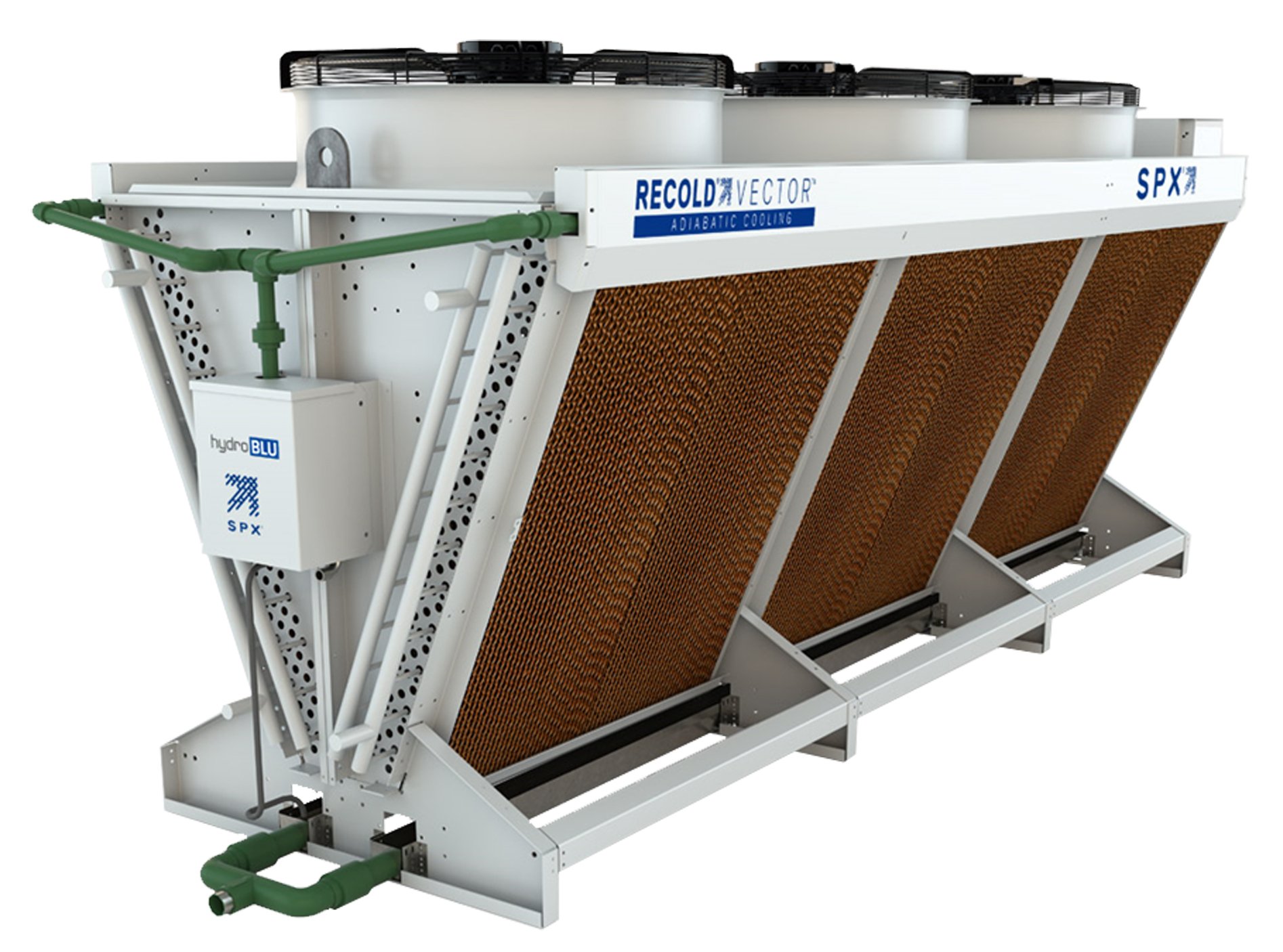A cooling system is a heat transferring process by which we diffuse heat absorbed through process to the environment or another fluid. Such fluid can be water from rivers or the sea and, most commonly, the air.
When do we need a Cooling System?
We know we need a cooling system if Te is lower than Ts, then we are extracting heat from the process (or cooling the process); therefore, we need a COOLING SYSTEM to take the fluid back from Ts to Te.
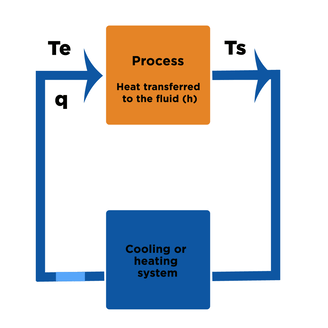
Important factors to properly select Cooling Systems
In order to properly select a cooling system, we have to take the following factors into account:
- Goal temperature (Te) when leaving the system
- Environment conditions that may be useful to cool
- MOST IMPORTANTLY, EFFICIENT ENERGY CONSUMPTION
- Available power supply
- Available space
- Any environmental protection regulations that may affect the choice
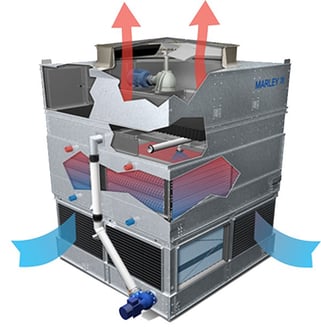
There are several limiting factors when selecting cooling systems, such as space availability, environmental regulation or installed power; these are external factors we need to take into consideration; however, we also have factors limiting the choice of equipment due to their heat exchange nature.
For dry coolers
We aim to have a temperature difference between the fluid exit and the designed dry bulb temperature greater than 10°F
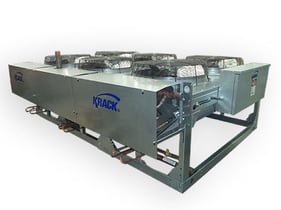
For Adiabatic Coolers
We aim to have a temperature difference between the fluid exit and the designed wet bulb temperature greater than 12°F.
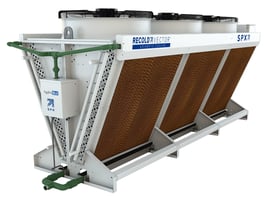
For Cooling Towers and Evaporative Coolers
We aim to have a temperature difference between the fluid exit and the designed wet bulb temperature greater than 7°F.
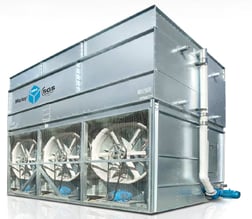
For Plate Heat Exchangers
We aim to have a temperature difference between the fluid exit and the entry temperature of the dissipating medium greater than 5°F. Some manufacturers, such as Alfa Laval, have cases reaching up to 2°F, however, this is often not profitable as an initial investment.
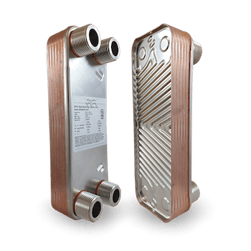 For Chillers
For Chillers
We aim to have a temperature difference between the fluid exit and the refrigerant evaporation temperature greater than 8°F.
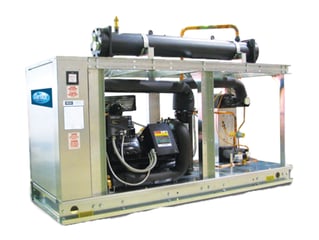
In order to properly select a Cooling System, the following information is required:
- Type of fluid to be cooled
- Fluid temperature when entering the cooler
- Goal temperature for the fluid when leaving the cooler
- Fluid volumetric flow
- Heat to be dissipated
- Designed dry bulb temperature (summer)
- Designed wet bulb temperature (summer)
- Dry bulb temperature during winter
- Facility elevation above sea level
- Available power supply
Related
Discover more related articles

Grow your industrial refrigeration business with good service and...
One of the most common challenges in the industrial refrigeration industry is to implement maintenance plans that ensure the useful life of the...
Read more »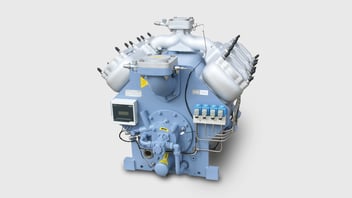
Guide: Main components and accessories of industrial refrigeration
The industrial refrigeration market is under constant growth and innovation; therefore, in order to be competitive, it is necessary to be up to date...
Read more »